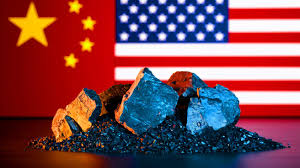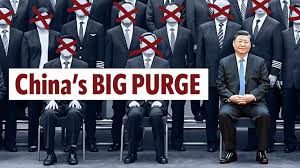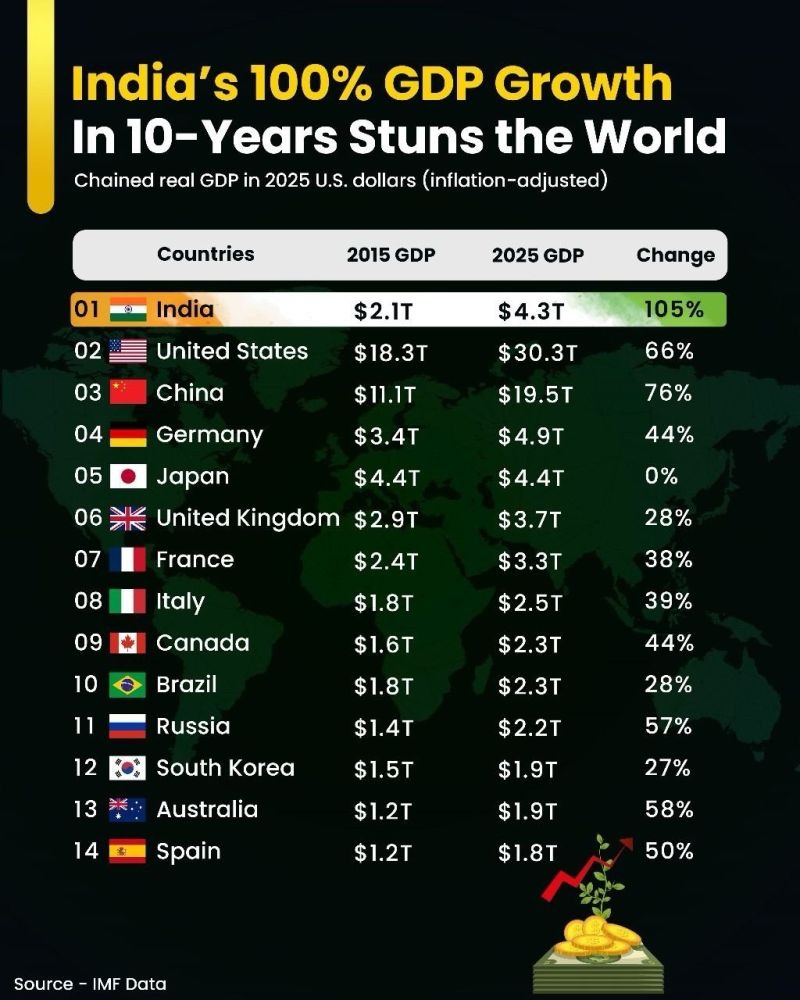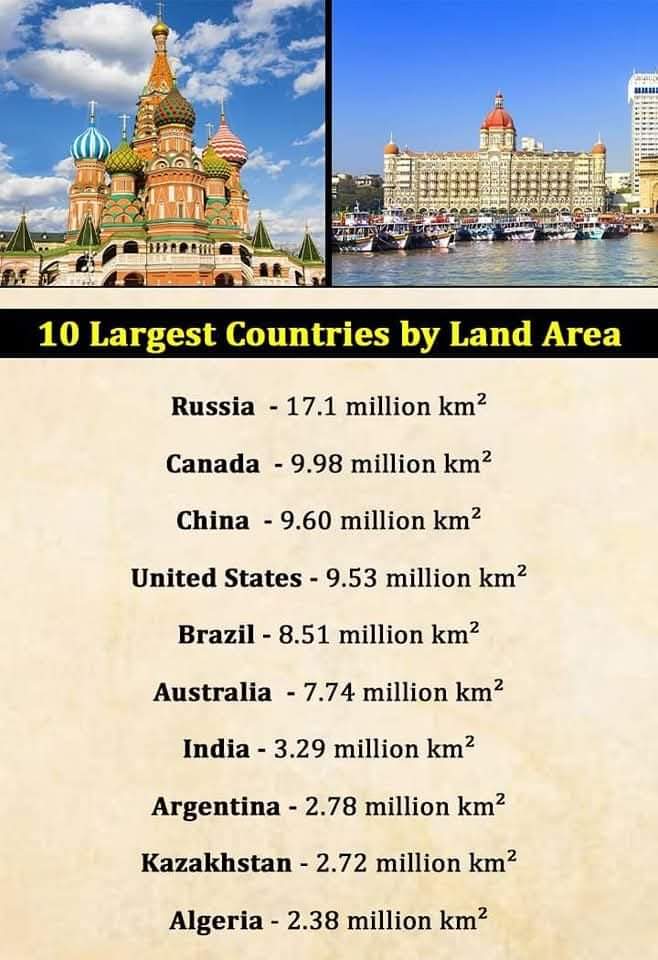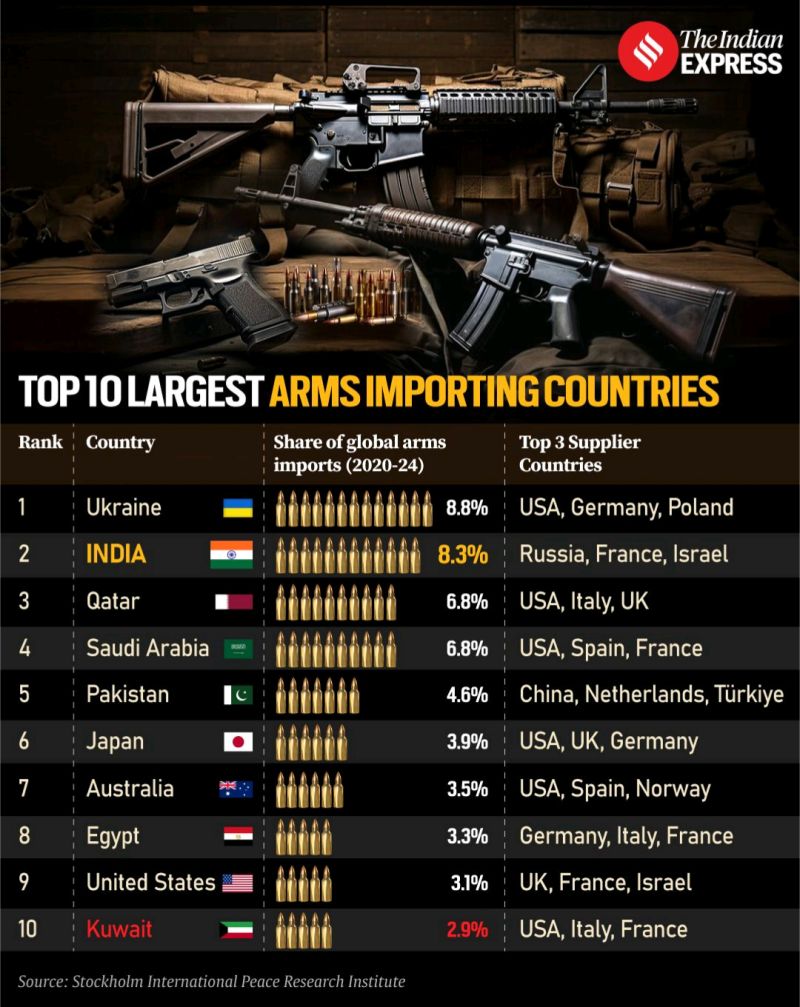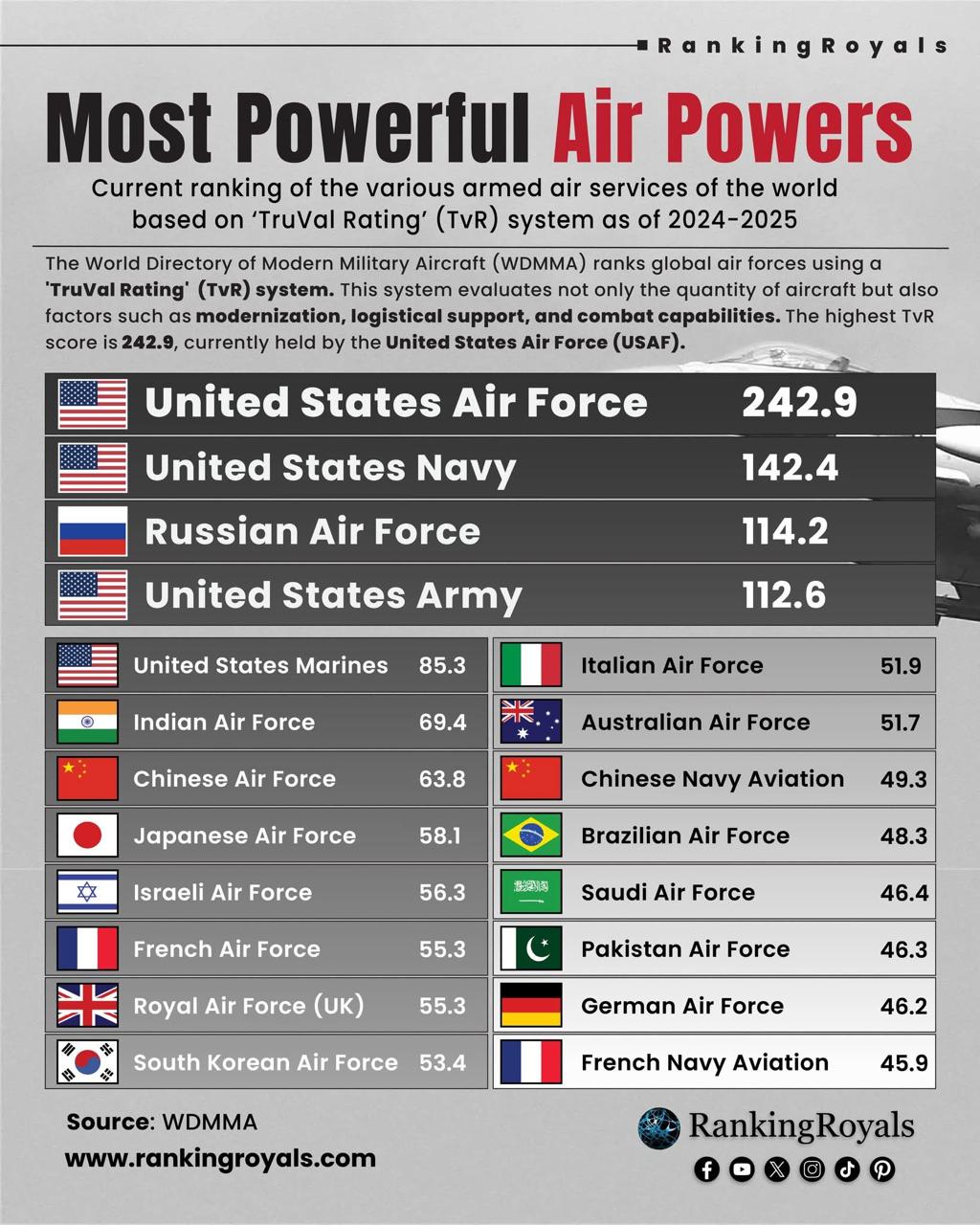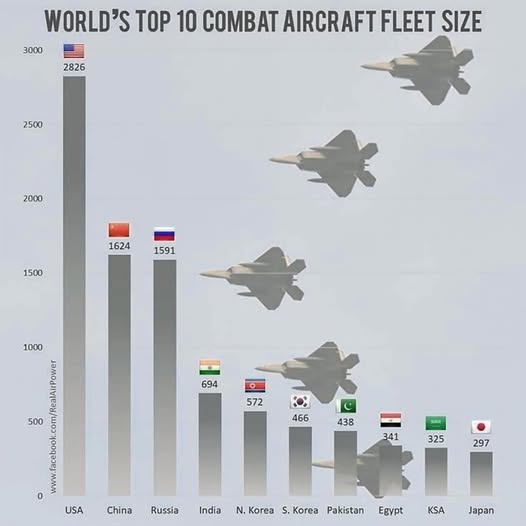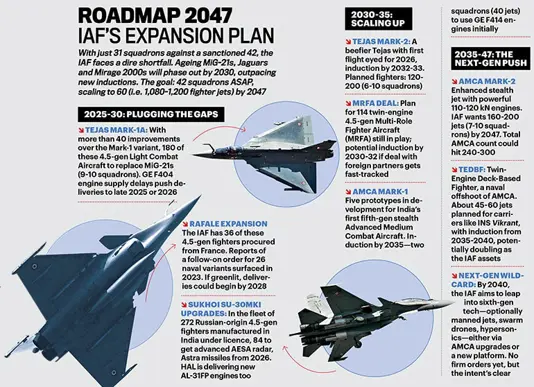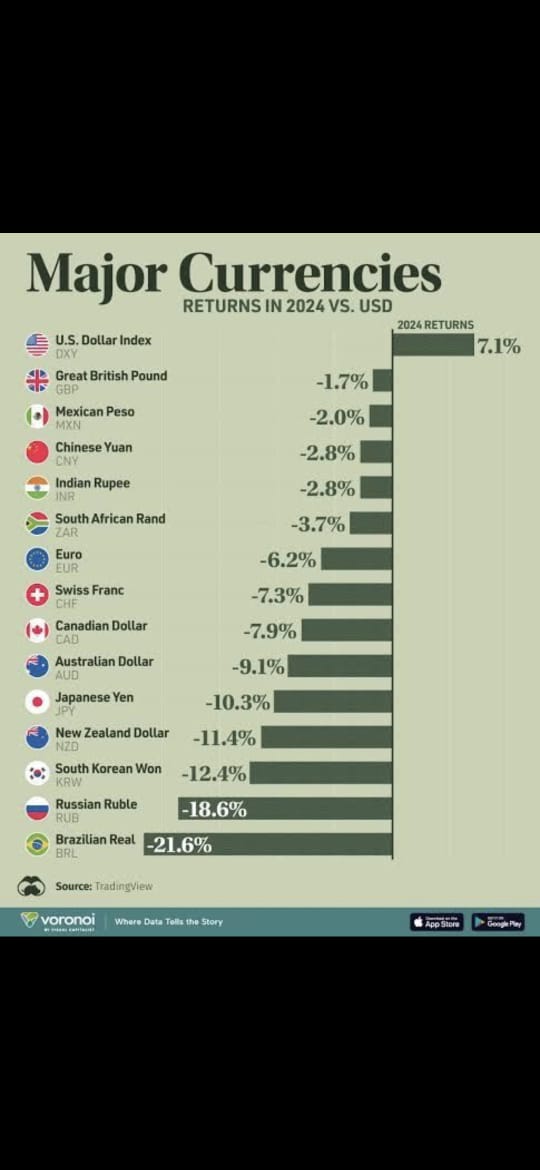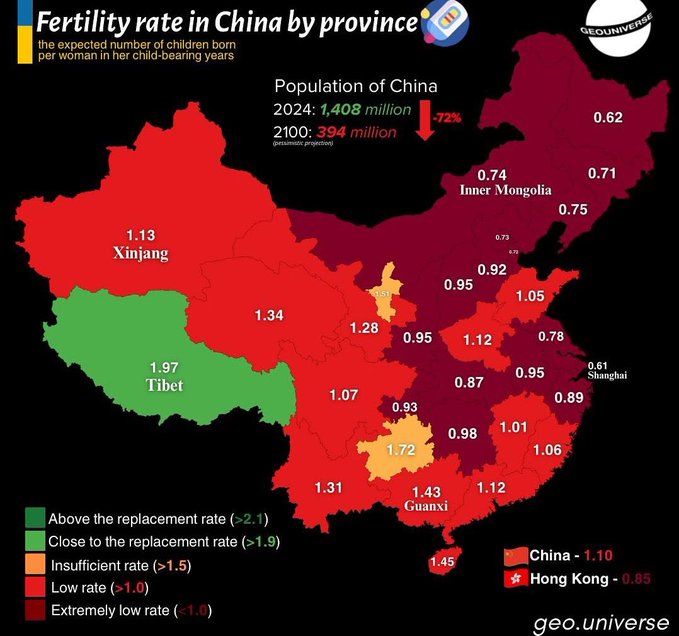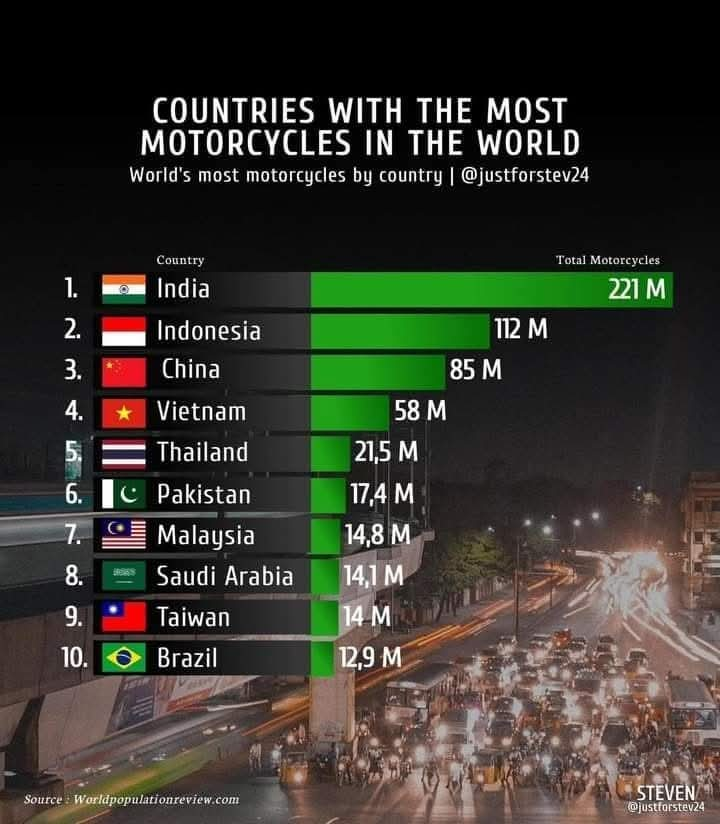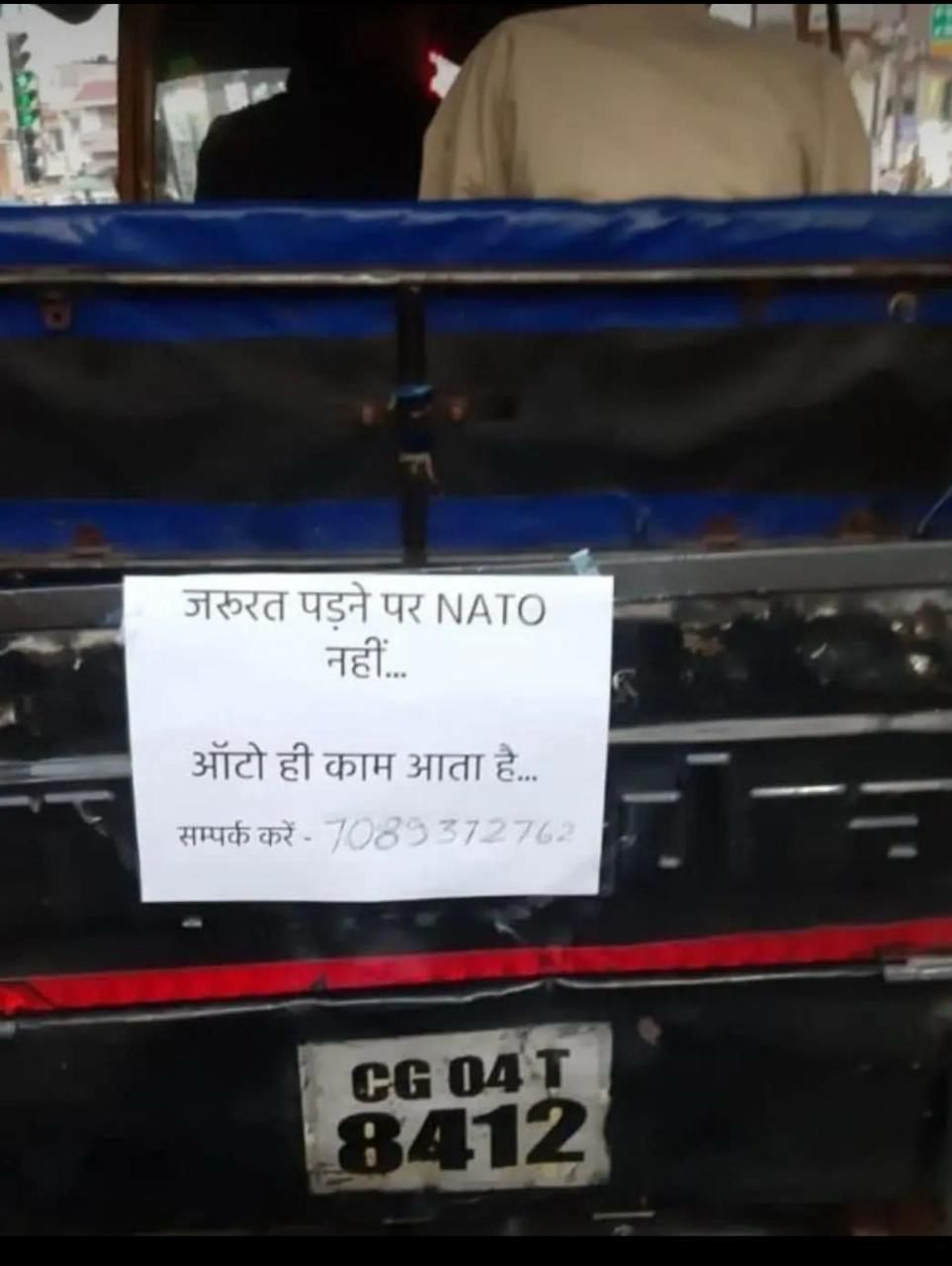My Article was published on the Eurasian Times website
on 21 Apr 25.
On 04 April 2025, China imposed export controls on seven REEs (samarium, gadolinium, terbium, dysprosium, lutetium, scandium, and yttrium) and rare earth magnets, requiring special export licenses. This move, a retaliation to U.S. tariffs as high as 145%, has halted shipments from Chinese ports, severely impacting U.S. industries like defence, electric vehicles, and medical technology.
The U.S. relies heavily on China for REEs, with over 50% of its critical minerals sourced there. China’s restrictions threaten U.S. defence (F-35 jets, missiles), tech (smartphones, AI chips), and healthcare (MRI machines, cancer treatments). Analysts warn of shortages, price hikes, and delays, with some companies facing permanent supply cuts.
Rare earth elements (REEs), a group of 17 chemically similar elements including scandium, yttrium, and the 15 lanthanides, are critical to modern technology. Often dubbed the “vitamins of modern industry,” REEs are indispensable, from smartphones and electric vehicle batteries to advanced military systems and renewable energy infrastructure. However, their supply chain is heavily concentrated, with China dominating global production and processing. This dominance has transformed rare earths into a potent geopolitical tool, particularly in trade wars, most notably between the United States and China.
For India, a country rich in rare earth potential but limited in production and processing capacity, this presents an urgent strategic opportunity and a daunting set of challenges. As the global balance of power shifts, New Delhi must rethink its resource security strategy, especially in the context of the U.S.-China rivalry and the growing importance of resilient supply chains.
Rare Earths: Strategic Importance
Rare earth elements comprise a group of 17 chemically similar metals: the 15 lanthanides, scandium, and yttrium. Despite their name, these elements are relatively abundant in the Earth’s crust but rarely found in concentrated forms economically viable to mine. Their unique magnetic, luminescent, and electrochemical properties make them indispensable to various high-tech applications.
-
- Neodymium is essential for high-performance magnets in electric motors, drones, and wind turbines.
- Europium and terbium are used in fluorescent and LED lighting.
- Lanthanum is used in camera lenses and hybrid vehicle batteries.
- Yttrium finds applications in radar and superconductors.
- Gadolinium and terbium are critical for military sensors, sonar systems, and advanced imaging technologies.
- Cerium and lanthanum are used in catalysts for refining petroleum.
The global demand for REEs has surged with the rise of green technologies and digital economies. The International Energy Agency projects that demand for specific REEs, like neodymium, could increase tenfold by 2040 to meet net-zero emissions goals. As of 2022, the global rare earth market was valued at approximately USD 3.9 billion, and is expected to reach USD 9.6 billion by 2030, growing at a CAGR of over 10% annually due to rising demand from clean energy and defence sectors (Fortune Business Insights, 2023).
China’s Dominance in the Global Rare Earth Chain
China’s strategic approach to rare earths began in the 1980s. Offering low prices and absorbing environmental costs drove many competitors out of the market, especially in the U.S., Australia, and India. 1992 Deng Xiaoping famously stated, “The Middle East has oil. China has rare earths.” This foresight has translated into geopolitical leverage.
According to the U.S. Geological Survey, in 2022, China accounted for approximately 70% of global rare earth mining, over 90% of refining and processing, and 90% of rare earth permanent magnet manufacturing (International Energy Agency, 2021). This concentration gives China significant leverage in international trade disputes.
Rare Earths in Trade War
The U.S.-China trade war, which escalated in 2018 under the Trump administration, saw tariffs, export controls, and technological decoupling dominate bilateral relations. Rare earths quickly emerged as a flashpoint. In 2010, China briefly restricted rare earth exports to Japan during a territorial dispute, causing global prices to spike and exposing the risks of supply chain dependence. This incident foreshadowed China’s willingness to use REEs as a bargaining chip.
In 2019, amid escalating trade tensions, Chinese state media hinted at curbing rare earth exports to the United States. President Xi Jinping’s visit to a rare earth processing facility in Jiangxi province was widely interpreted to signal China’s readiness to leverage its dominance. The U.S., heavily reliant on Chinese REEs for commercial and military applications, faced a stark vulnerability. For example, the F-35 fighter jet program depends on rare earth magnets, and any disruption could halt production.
China’s control extends beyond raw materials to the processing and manufacturing of REE-based components. Even if other countries mine rare earths, they often send them to China for refining due to its advanced infrastructure and lower costs. This creates a choke point that China can exploit during trade disputes. In 2023, China introduced export controls on certain rare earth technologies, further tightening its grip and prompting concerns about supply chain security. On April 4, 2025, China imposed new export restrictions on seven critical medium and heavy rare earth elements.
Economic and Geopolitical Implications
The weaponisation of rare earths has far-reaching consequences. For importing nations, supply disruptions can cripple industries, inflate costs, and delay technological advancements. In 2010, Japan’s automotive and electronics sectors faced production delays due to China’s export restrictions. Similarly, a sustained cut off to the U.S. could disrupt everything from consumer electronics to defence manufacturing.
For China, rare earths are a double-edged sword. While they provide leverage, overusing this tool risks alienating trading partners and accelerating efforts to diversify supply chains. China’s domestic demand for REEs is also rising, particularly for its electric vehicle and renewable energy sectors, which could limit its ability to restrict exports without harming its economy.
Globally, the rare earth trade war underscores the fragility of critical mineral supply chains. Countries like Australia, Canada, and the European Union have recognised the need for resilience, but building alternative supply chains requires significant investment and time. Environmental regulations and high capital costs further complicate efforts to scale up mining and processing outside China.
India’s Untapped Potential
India is not immune to this dynamic. Although it holds the fifth-largest rare earth reserves in the world, estimated at 6.9 million tonnes (USGS, 2023), India contributes only around 1% of global rare earth production. This is due to regulatory, environmental, and infrastructure barriers.
Opportunities for India. The U.S. and its allies actively seek to reduce their reliance on China for REEs. This allows India to become an alternative supplier, particularly in downstream value chains like magnets, batteries, and high-end components. A robust rare earth industry could enhance India’s economic security and bargaining power in international diplomacy. It can also reduce import dependency for key sectors such as defence and renewable energy. Developing a domestic rare earth value chain can create high-skilled jobs and foster innovation in materials science, metallurgy, and green technologies, which are critical for India’s future economic growth. India’s monazite deposits are rich in thorium, a potential future fuel for nuclear reactors. While radiological concerns complicate extraction, if thorium-based reactors become viable, they could offer a strategic advantage.
India’s Approach. India’s rare earth sector is primarily led by Indian Rare Earths Limited (IREL), a public sector entity under the Department of Atomic Energy. The National Critical Minerals Mission, launched in 2024, aims to bolster domestic production. IREL plans to quadruple its mining capacity to 50 million tonnes annually by 2032, increasing REE output from 5,000 to 15,000 tonnes. Investments in processing and separation facilities aim to address India’s lag in midstream capabilities, though technical expertise remains a bottleneck.
-
- Policy Reforms and Liberalisation. In 2023, India initiated policy changes to attract private players into critical mineral exploration. The Mines and Minerals (Development and Regulation) Amendment Act now allows private companies to bid to explore critical minerals, including REEs (Ministry of Mines, 2023). This is a significant shift from the earlier state-dominated regime.
-
- Bilateral and Multilateral Cooperation. India has begun forging rare earth supply chain partnerships with like-minded democracies. Under the India-Australia Critical Minerals Investment Partnership, India has committed to co-invest in Australian REE projects. It also explores partnerships with the U.S., Japan, and the EU under the Mineral Security Partnership (MSP).
-
- Research and Development. India has stepped up R&D through institutions like the Bhabha Atomic Research Centre (BARC) and the Council of Scientific and Industrial Research (CSIR) to develop indigenous REE extraction and separation technologies. Still, the gap in advanced metallurgy and processing know-how remains wide.
-
- Strategic Stockpiling. India is considering creating strategic reserves for critical minerals similar to those for crude oil. This would buffer supply disruptions, although implementation remains in the early stages.
Challenges Ahead. REE extraction is environmentally damaging and involves toxic waste. India lacks the robust regulatory and technological frameworks to mitigate these hazards, especially given the proximity of mineral-rich areas to ecologically sensitive zones. While mining is a start, the real value lies in processing and manufacturing advanced REE products like permanent magnets. India currently lacks world-class facilities and expertise in this area. Despite recent reforms, bureaucratic red tape, conflicting regulations, and slow implementation continue to plague India’s mining sector. A coherent, industry-friendly policy framework is essential. India’s non-aligned posture and cautious diplomacy can sometimes limit its ability to align with Western-led initiatives fully. Balancing its strategic autonomy while engaging in rare earth diplomacy will be delicate.
Recommendations
Establish a National Critical Minerals Mission, modelled on the success of the Solar Mission, which can bring together ministries, PSUS, private firms, and academia to develop a holistic roadmap.
Encourage joint ventures and public-private partnerships with technologically advanced nations, which can help overcome India’s processing deficiencies.
Incentivise Green Mining and Processing, to ensure sustainability, the use of cleaner technologies and strict environmental guidelines must be incentivised.
Invest in specialised training for mineral extraction, metallurgy, and environmental management to create a workforce for the REE sector.
Prioritise Mining and Processing, focusing on developing mining and midstream capabilities before investing in magnet production and leveraging international partnerships for technology.
Incentivise Private Investment by offering tax breaks and subsidies to attract private capital, addressing IREL’s monopoly legacy.
Expand Strategic Reserves and increase REE stockpiles to buffer against supply disruptions, learning from China’s 2024 embargo.
Conclusion
Rare earths are no longer just a matter of economic competitiveness but a pillar of strategic autonomy. They have become a powerful weapon in the U.S.-China trade war, reflecting the broader struggle for technological and financial supremacy. China’s dominance in the REE supply chain gives it significant leverage but also exposes the vulnerabilities of importing nations. Diversifying, recycling, and innovating are critical to reducing this dependence; however, they require time, investment, and international cooperation. As the world transitions to a greener, tech-driven future, securing a stable supply of rare earths will remain a geopolitical priority. The outcome of this struggle will shape trade relations and the global race for technological leadership.
For China, rare earths are a weapon; for the United States, a vulnerability; and for India, an opportunity. By seizing this moment, India can transform its rare earth sector from a dormant asset into a force multiplier, positioning itself as a consumer and a producer of the materials that will define the 21st century. India’s rare earth diplomacy and trade warfare strategy hinge on leveraging its vast reserves, forging international partnerships, and navigating geopolitical complexities. Opportunities to reduce global reliance on China, boost economic growth, and advance technology are significant, but technical, environmental, and financial challenges persist. By prioritising mining and processing, incentivising private investment, and deepening global alliances, India can establish itself as a pivotal player in the REE supply chain, aligning with its ambition to become a developed nation by 2047.
Please Add Value to the write-up with your views on the subject.
For regular updates, please register your email here:-
Link to the article on the website:-
References and credits
To all the online sites and channels.
Pics Courtesy: Internet
Disclaimer:
Information and data included in the blog are for educational & non-commercial purposes only and have been carefully adapted, excerpted, or edited from reliable and accurate sources. All copyrighted material belongs to respective owners and is provided only for wider dissemination.
References:-
- Mancheri, N. A., Sundaresan, L., & Chandrashekar, S. (2019). India’s Rare Earths Industry: Challenges and Opportunities. Institute for South Asian Studies.
- Ministry of Mines, Government of India. (2023). Critical Minerals Strategy and MMDR Amendments. https://mines.gov.in
- Bhabha Atomic Research Centre (BARC). (2022). Thorium and Rare Earth Research. https://barc.gov.in
- Niti Aayog (2021). Strategy on Resource Efficiency in Rare Earths and Critical Minerals.
- Mineral Security Partnership (MSP). (2024). Overview of Global Cooperation on Critical Minerals. https://www.state.gov/mineral-security-partnership
- Press Information Bureau (2023). Government Notifies Critical Minerals List; Amends Mines and Minerals Act.
- Fortune Business Insights (2023). Rare Earth Elements Market Size, Share & Industry Analysis.
- International Energy Agency (2021). The Role of Critical Minerals in Clean Energy Transitions.
- US Geological Survey. (2023). Mineral Commodity Summaries: Rare Earths. https://pubs.usgs.gov
- Global Times (2019). China is ready to weaponise rare earths in a trade war.
- U.S. Government Accountability Office (GAO). (2020). Defence Industrial Base: DOD Efforts to Assess and Mitigate Rare Earth Risks.

